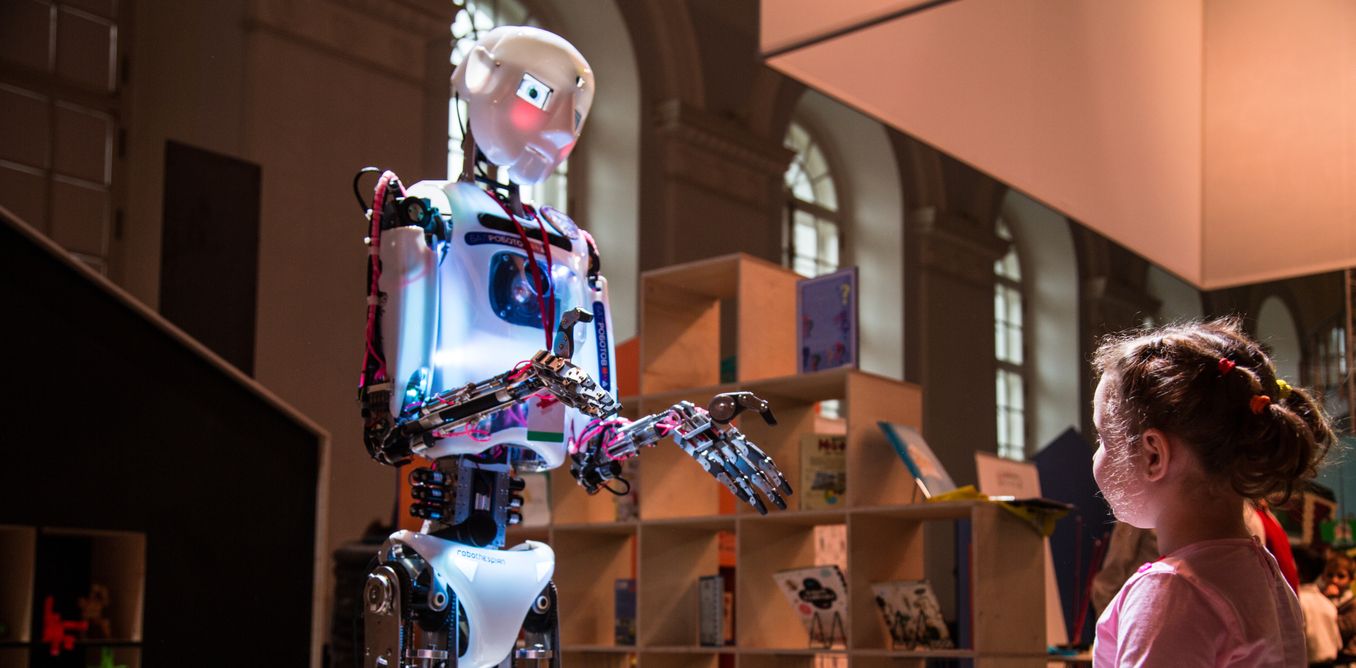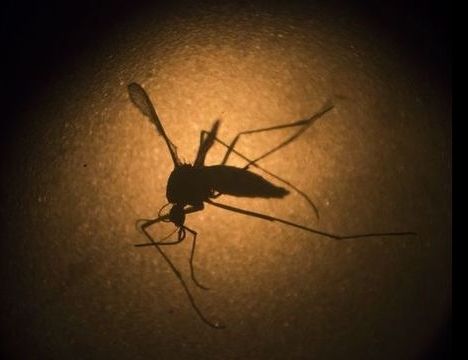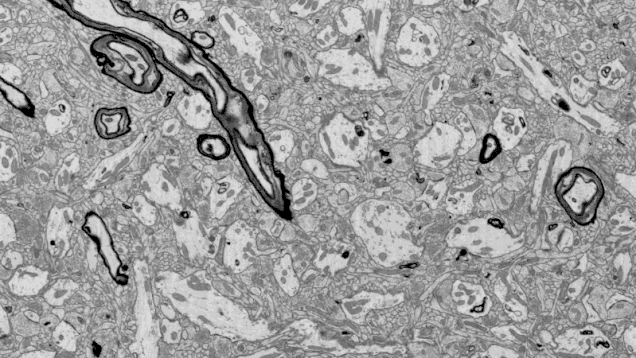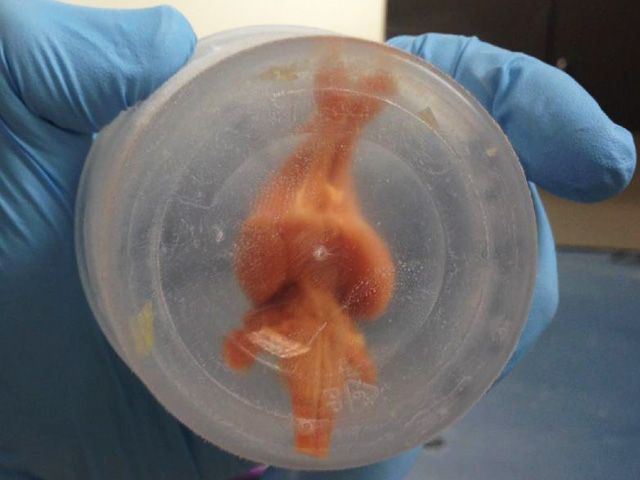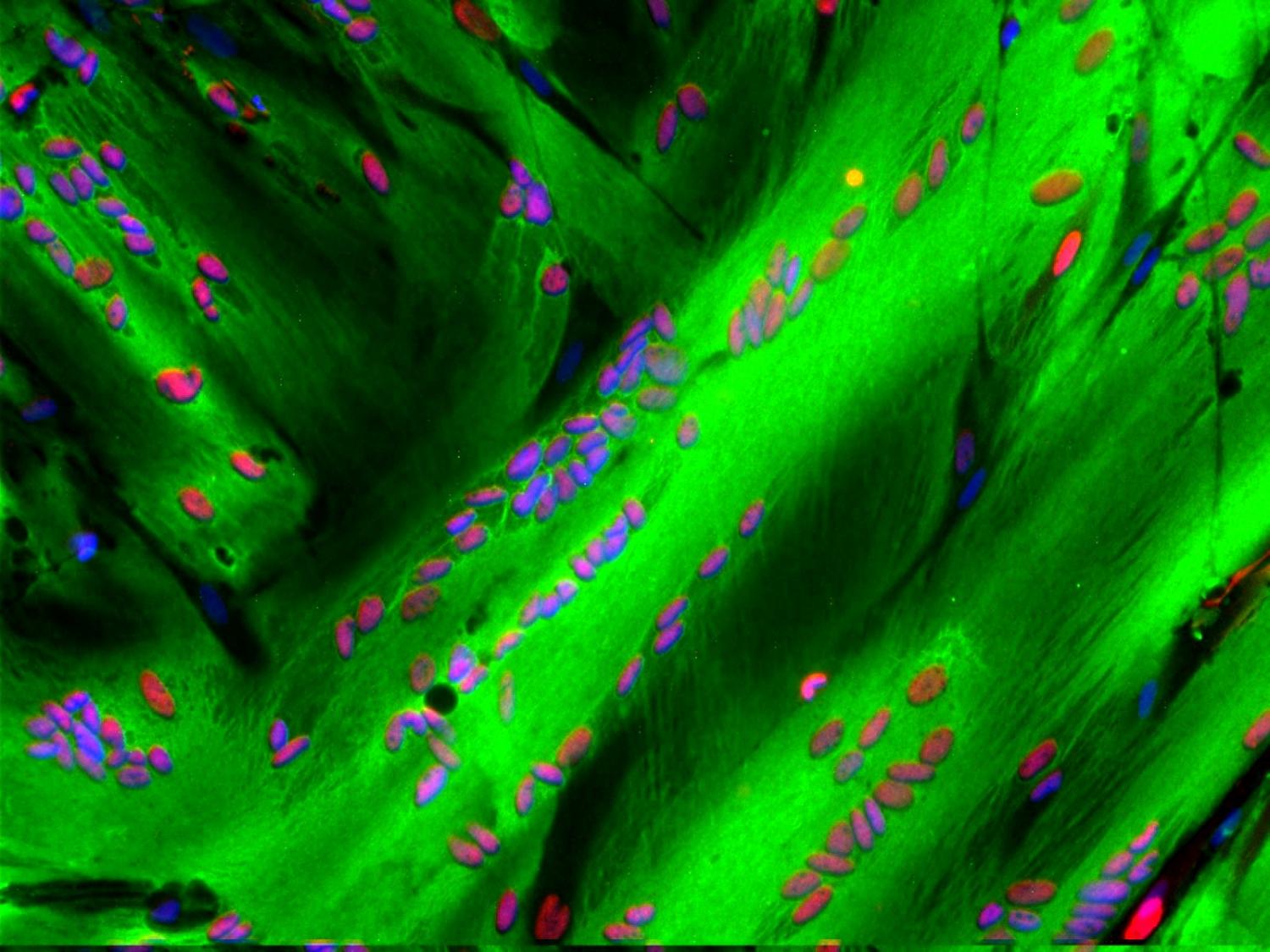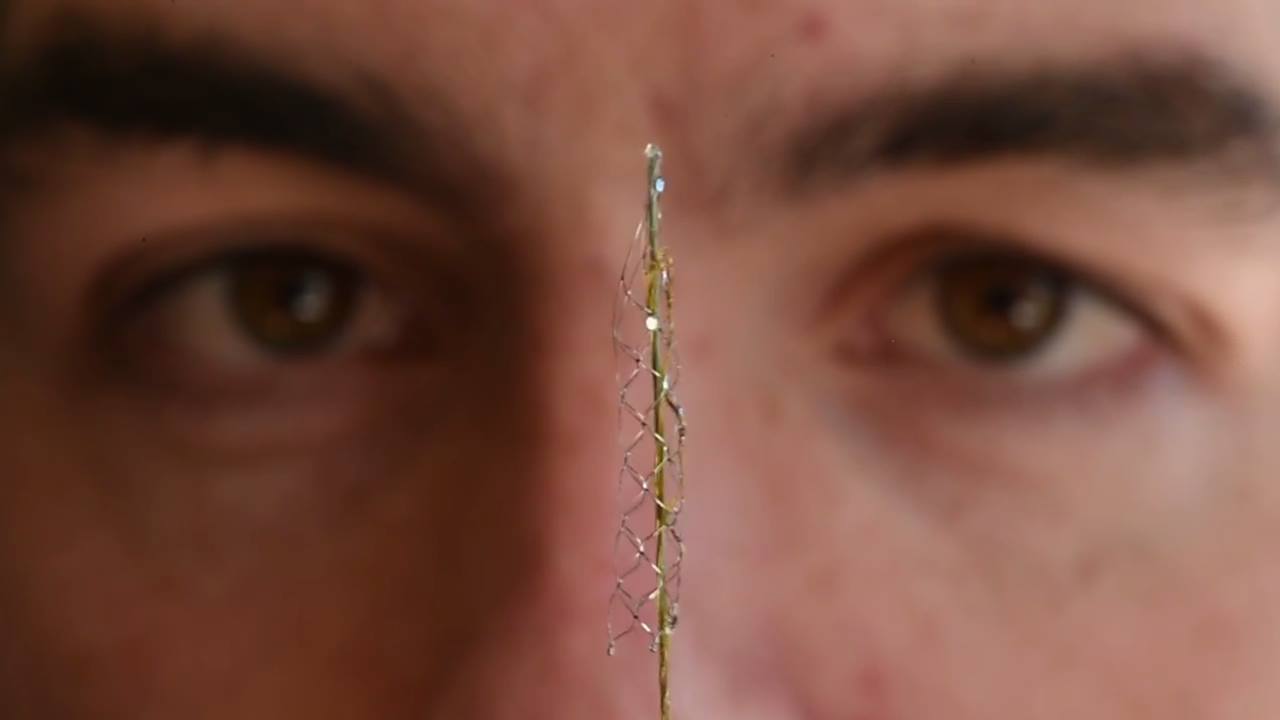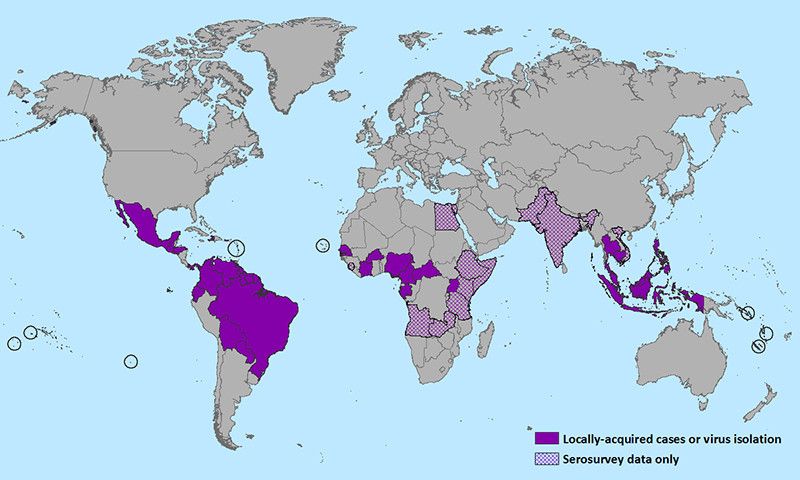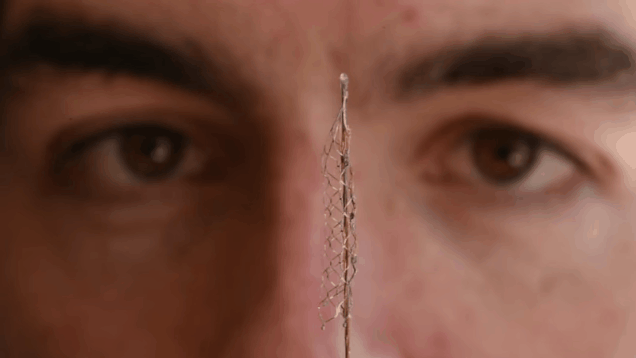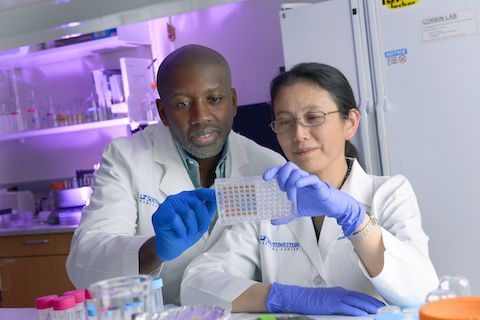Feb 9, 2016
Robots in health care could lead to a doctorless hospital
Posted by Karen Hurst in categories: biotech/medical, health, robotics/AI
As long as there is no level of “personable experience/ empathy” AI will not eliminate the need for doctors or other medical staff members. For example, a female of 30 yrs of age newly married talking to a stone face robot that she has stage 3 breast cancer for first time. Yep; I see that one going well.
Plus, can you imagine how children in hospital wards for several months at a time will come out with only robots w/ no “EMPATHY.” I believe there are plenty of pyshcological case studies on this. If you ever want to advance AI; you must have women heavily embedded in its development as well as leading the work around it; or you will never get there.
Here’s another thought — can you imaging the potential lawsuits in the making because a child was proven to be impacted by only having interactions with robots in the children’s ward for months a time. Especially, when the robots that cannot connect due to the lack of design of “empathy”. Who gets sued? Hospitals, tech companies, etc.? This list could go on and on. So, again you must have various perspectives in the AI design in place or you could really be in trouble on a large scale.
Continue reading “Robots in health care could lead to a doctorless hospital” »
